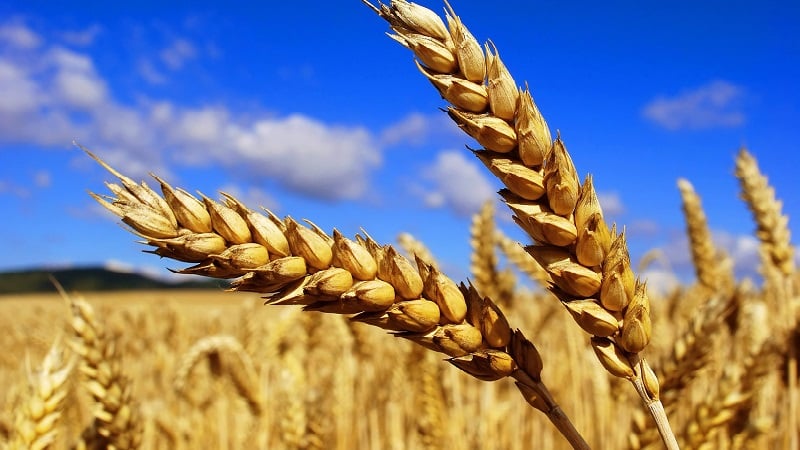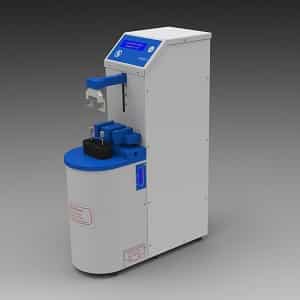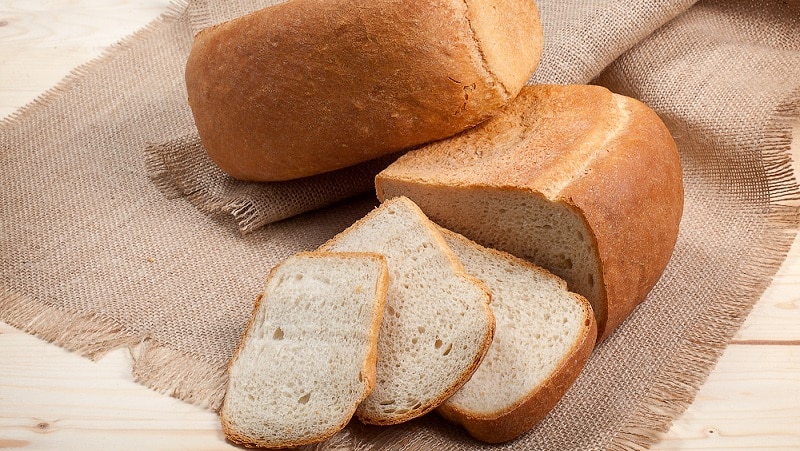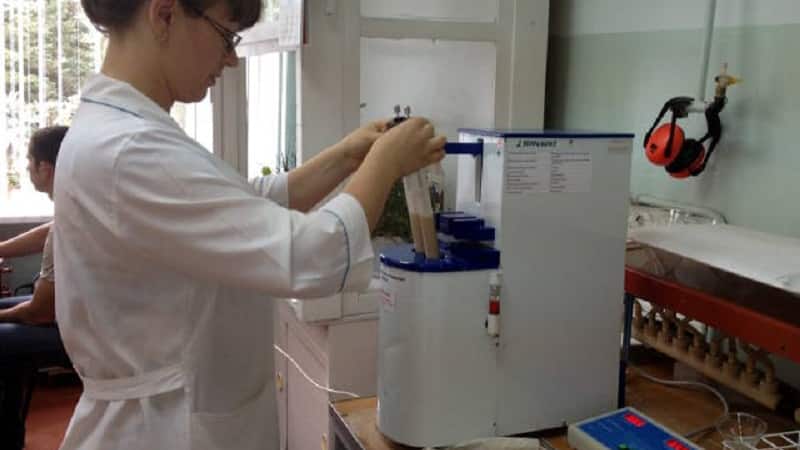What is the falling number of wheat and how is it determined?
The quality of the grain is extremely important for the type of flour. There are certain indicators that help agronomists calculate the class of wheat and the grade of the future flour product. Grains are distinguished by composition and falling number. The latter is regulated by GOST standards, and laboratory equipment is used for correct calculation. Read more about the falling number below.
What is the falling number of a grain of wheat
Falling number (FN) is a key criterion for the distribution of collected grain by class. It displays the activity value of the substance alpha-amylase, which characterizes the baking properties of flour.
The value can increase sharply as the grain matures, if storage does not meet standards or harvesting is not done on time. Adverse weather conditions (rain, high humidity, fog) also affect the fall number.

Technology for calculating the indicator
To track emergencies, agronomists use special equipment. In addition to the falling number value, such devices monitor the water temperature.
Important. The sequence of actions must comply with GOST 27676-88 “Grain and products of its processing. Method for determining the falling number."
According to GOST, emergency assessment takes place in three stages:
- Preparation;
- mixing;
- analysis.
The first two stages are performed by a person, the last is determined by a device (PP).
Preparation
To begin with, about 300 g of wheat is selected from the grain storage. In this case, the crop moisture content should not exceed 18%, otherwise the grain must be dried.
The purified sample goes through the stage of grinding and sifting. Then, using a laboratory scale, 7 g of the total volume is selected.
Interesting things on the site:
Optimal conditions for wheat growth
What is the wheat yield per 1 hectare and what does it depend on?
Mixing
Flour is poured into a test tube and 25 ml of water at room temperature is added. (necessarily distilled). The next step - mixing until smooth - can be done either manually or using a special shaker.
Analysis
 A specialized device (PPD) must be prepared in advance (water bath temperature should reach 100°C).
A specialized device (PPD) must be prepared in advance (water bath temperature should reach 100°C).
The test tube is placed above the water, after about 4-5 seconds the PCP begins automatic shaking. After 1 minute, the device stops mixing, and the already thickened mixture falls under the weight of its weight.
The emergency period is the period of time from the beginning of shaking to the final vertical position. The value can be rounded, but the difference between the obtained result and the rounded one should not exceed 10%.
What determines the reliability of the result?
The accuracy of the result directly depends on compliance with standards when measuring the indicator. Of course, the slightest errors cannot be completely avoided, but sometimes there are large deviations in the value of the emergency value.
Both the technical side and the human factor influence accuracy. The latter includes:
- Improper grain grinding.
- The percentage of humidity is not taken into account (exceeds 18%).
- Deviation from water temperature.
- Inaccurate scales during laboratory analysis.
- Insufficient hand agitation.
- The water bath temperature has not reached the boiling point.
- Immersion in the PPP is deviated from the norm.
Falling number as an indicator of protease activity
The baking properties of rye flour are determined by the amount of starch. And the characteristics of wheat depend not so much on starch, but on the quality of gluten proteins.
PE shows amylase activity: by analyzing it, you will find out the activity of other important enzymes, for example, proteases. The relationship between the two substances is direct. If amylase activity is high, then the protease level will be increased. If the value for amylase is low, then proteases also show low activity.
The destruction of gluten depends on proteases, which is so valuable for flour products. A high level of activity destroys it.
Read also:
Fertilizing winter wheat: methods and application rates
What are the benefits of nitrogen fertilization of winter wheat?
How does the falling number of wheat affect the quality of bread?
Since often the final grain product is bread, the emergency directly affects its quality. Indicators are measured in seconds.
Low performance
The lowest possible values are specified in GOST:
- not less than 185 (for highest and first grade);
- not less than 160 (for the second grade).
If the state of emergency is below standard indicators, then bread made from such flour will move away from the crust and have a sour taste. A pronounced smell of malt and an unstable shape of the product are also characteristics of bread made from low-quality flour with a low falling number.
Improving flour is quite possible, quality is increased by adding ascorbic acid or calcium peroxide. These substances noticeably thicken the gluten and affect the quality of the finished bread.

High performance
A baked product made from flour with a high falling number is also not considered high quality. This bread is characterized by:
- blandness;
- pallor;
- unpleasant odor;
- dryness;
- small volume.
A high PP indicates that the activity of wheat's own substances is reduced, but this is an important condition for a high-quality fermentation process. Large indicators indicate improper grain drying, most often at high temperatures, which is unacceptable.
Optimal value
Both high and low indicators are undesirable for finished bread. The value must be optimal and strictly comply with GOST.
Important. GOST 52189-2003 prescribes the necessary values, but only the limits of the lower indicators are given there.
What should be the falling number according to GOST
A falling number of 230 is considered a good indicator.. The value may vary slightly (±15). In such an emergency, the bakery product is airy with a pleasant smell. The color of the bread is not dark, as with low rates, and not excessively pale, as with high rates.

What does the indicator depend on?
When measuring indicators, take into account:
- weather;
- place where wheat is grown;
- grain grade.
Wheat may be brought to the granary from different fields, which is incorrect, as it results in low or high falling number results. Grain harvesting is carried out in warm and dry weather. Mixing grains of different varieties should not be allowed. Even a small percentage can greatly worsen the value of the emergency situation.
Pay attention to cleaning equipment, it must meet quality standards.
Also post-harvest ripening control is important. The granary must be equipped with special equipment for automatically drying grain and fans. The air in the room should be dry. An excellent solution would be to automatically monitor the temperature in the elevator.
The grain is dried in several stages to avoid excessive overheating, to preserve the embryo and enzymatic composition. The humidity level during storage should not exceed 14%.
Multifactor express analysis will allow you to produce a calibrated infrared analyzer of grain and processed products (meal, flour, cake).
Conclusion
In order for the resulting product to meet the standard and quality, it is necessary to properly grow wheat and monitor important indicators prescribed in state standards. The analysis must be carried out strictly in laboratory conditions. To avoid errors, it is recommended to use advanced RF measuring instruments.